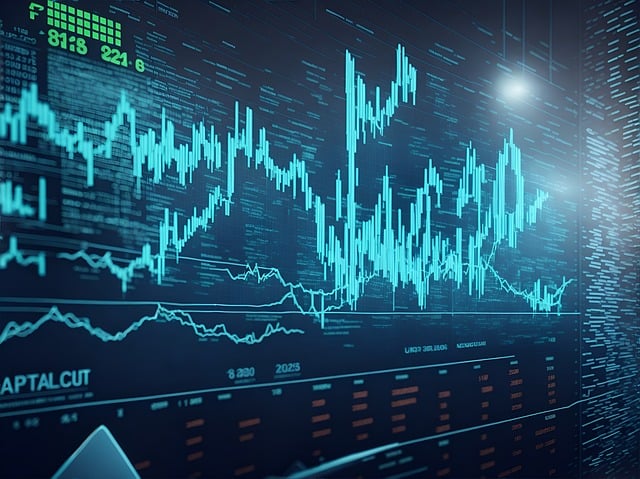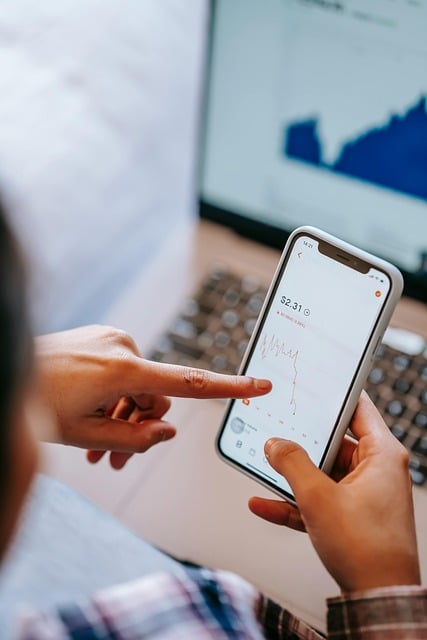Are Trading Bots Profitable in 2024?
Author: Jameson Richman Expert
Published On: 2024-10-22
Prepared by Jameson Richman and our team of experts with over a decade of experience in cryptocurrency and digital asset analysis. Learn more about us.
In the fast-paced world of financial trading, the use of trading bots has become increasingly popular. These automated systems promise to execute trades at optimal times based on pre-defined algorithms and market data analysis. But the question that lingers in the minds of many traders is: Are trading bots truly profitable in 2024?

Understanding Trading Bots
Before diving into the profitability of trading bots, it is crucial to understand what they are. Trading bots are essentially software programs that analyze market conditions, execute trades, and manage risk automatically. They follow a set of algorithms to make trading decisions based on market trends and historical data.
Types of Trading Bots
There are several types of trading bots that cater to different trading strategies:
- Market Making Bots: These bots provide liquidity to the market by placing buy and sell orders simultaneously. They profit from the spread between the buy and sell prices.
- Trend Following Bots: These systems act on the principle that markets tend to move in trends. They make trades based on predefined market signals, aiming to ride the trend.
- Arbitrage Bots: These bots exploit price differences across different exchanges. They buy low on one exchange and sell high on another to profit from the discrepancy.
- Mean Reversion Bots: This strategy relies on the assumption that prices will revert to their historical averages. These bots identify overbought or oversold conditions to execute trades.
The Profitability Debate
The profitability of trading bots remains a highly debated topic among traders and financial analysts. In 2024, the following factors must be considered:
Market Volatility
The financial market is notorious for its volatility. Trading bots are designed to analyze and respond to market changes. However, high volatility can be a double-edged sword. On one hand, it presents numerous trading opportunities; on the other hand, it increases the risk of losses.
In my opinion, the effectiveness of a trading bot largely depends on its ability to adapt to market volatility. Bots programmed with robust risk management protocols are more likely to navigate these turbulent waters successfully.
Algorithm Quality
Not all trading bots are created equal. The effectiveness of a trading bot is primarily determined by the quality of its algorithm. A well-researched and optimized algorithm can significantly enhance the chances of profitable trading.
Key Factors Affecting Algorithm Quality
- Backtesting: An algorithm should undergo extensive backtesting against historical data to ascertain its potential effectiveness.
- Market Adaptability: The algorithm must adapt to changing market conditions. Static algorithms can quickly become obsolete.
- Data Sources: High-quality, reliable data sources are essential for accurate trade analysis.
User Experience and Skill Level
While trading bots automate trading processes, user experience still plays a crucial role in their profitability. A novice user may struggle to set parameters for the bot effectively or misinterpret trading signals.
From my perspective, traders should invest time in understanding the underlying mechanics of the bot they are using. Knowledge of trading strategies, market analysis, and risk management can significantly enhance the bot's effectiveness.
Real-Life Case Studies of Trading Bots in 2024
To better understand the profitability of trading bots, let’s review some real-life case studies from 2024, highlighting both successes and failures.
Case Study 1: Market Maker Success
A notable market-making bot, known as “LiquidityGremlin,” gained popularity in 2024. By providing liquidity to smaller altcoin markets, it capitalized on the bid-ask spread. Over six months, it generated a consistent profit of 12%, attracting attention from seasoned traders.
Key Takeaway
This case illustrates that a well-designed market-making algorithm can thrive in less efficient markets. However, profitability in this space heavily relies on trading volume and market activity.
Case Study 2: Trend Following Dilemma
On the flip side, the “TrendMaster2000” bot faced significant challenges. Designed to identify and follow upward trends, it struggled in early 2024 due to rapid market fluctuations driven by geopolitical tensions. Users reported cascading losses during periods of high market volatility, leading to a 20% loss over the same timeframe.
Key Takeaway
This example serves as a cautionary tale. A trend-following bot, without the capacity to adapt to sudden market shifts, can result in significant financial losses.

The Role of Human Oversight
Despite the advancements in trading bot technology, human oversight remains a crucial element for maximizing profitability. Automated trading systems can malfunction or operate under misleading data, leading to adverse outcomes.
Importance of Regular Monitoring
- Performance Reviews: Traders should regularly assess the bot's performance to identify any abnormalities.
- Adjusting Parameters: The financial landscape is ever-evolving. Updating the bot's trading parameters in response to market trends is essential.
- Risk Management: Human oversight ensures that robust risk management strategies are in place, preventing catastrophic losses.
Future Trends in Trading Bots
Looking forward, several trends are emerging in the trading bot space that could enhance their profitability and effectiveness in 2024 and beyond.
Artificial Intelligence Integration
The integration of artificial intelligence (AI) into trading bots represents a significant leap forward. AI can provide advanced analytics, improving decision-making and allowing bots to learn and adapt over time.
I believe that the future of trading bots lies in their ability to harness AI and machine learning algorithms. These technologies can process vast amounts of data and uncover patterns that traditional algorithms might miss.
Increased Regulatory Scrutiny
As trading bots gain popularity, regulators are paying closer attention to their usage. In 2024, we can expect increased scrutiny around the practices of trading bots, aiming to ensure market fairness and mitigate risks.
This, in my opinion, could lead to a more stable trading environment but may also impose additional compliance costs on bot developers and users.
Conclusion: Are Trading Bots Worth It in 2024?
The profitability of trading bots in 2024 is not a black-and-white question. While many traders have experienced success with automated trading systems, there are risks and variables to consider. A trader’s knowledge, the quality of the bot, and market conditions all play significant roles in determining profitability.
In conclusion, trading bots can be profitable, but they are not a guaranteed pathway to success. Traders are encouraged to conduct thorough research, maintain human oversight, and continually adapt to the changing market landscape. With the right approach, the potential for profitability is significant, but caution and diligence remain essential. As advancements in technology continue to reshape the trading environment, the discussion around the profitability of trading bots will undoubtedly evolve.